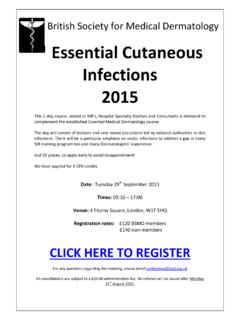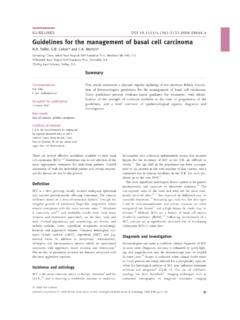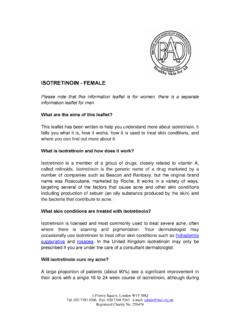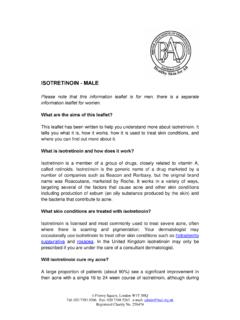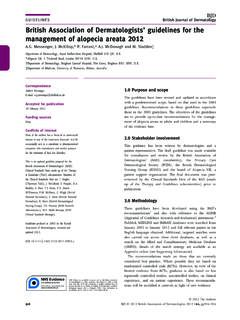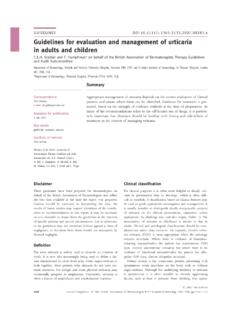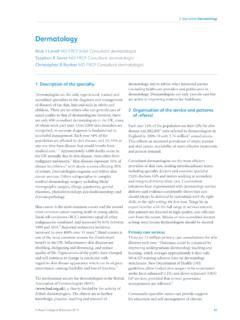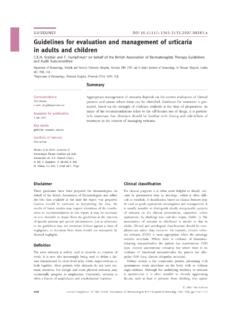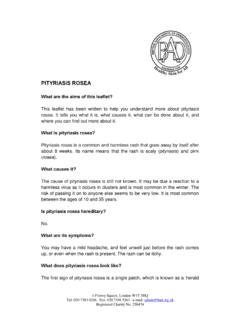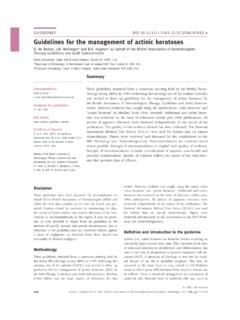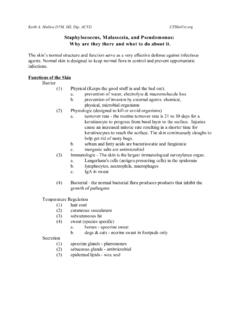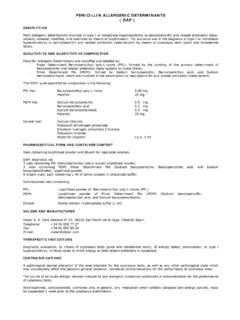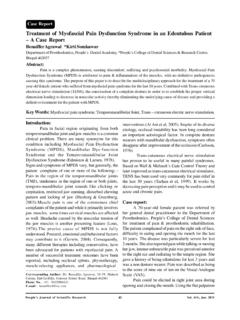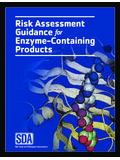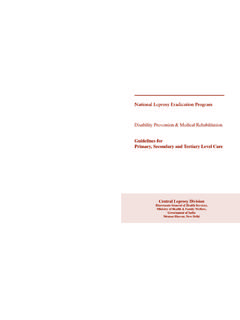Transcription of British Association of Dermatologists' guidelines for …
1 GUIDELINESBJDB ritish Journal of DermatologyBritish Association of Dermatologists guidelines for themanagement of cutaneous warts Sterling,1S. Gibbs, Haque Hussain, Mohd Mustapa3and Handfield-Jones41 Addenbrooke s Hospital, Cambridge University Hospitals NHS Foundation Trust, Hills Road, Cambridge CB2 OQQ, Western Hospital, Marlborough Road, Swindon SN3 6BB, Association of Dermatologists, Willan House, 4 Fitzroy Square, London W1T 5HQ, Suffolk Hospital, Hardwick Lane, Bury St Edmunds, Suffolk IP33 2QZ, : for publication14 July 2014 Funding of has received travel and accommodation expenses from LEO Pharma (nonspe-cific) and has been an invited speaker at educational events for Healthcare EducationServices (nonspecific).
2 , , and are members of the guideline developmentgroup, with technical support provided by is an updated set of guidelines prepared for the British Association of Derma-tologists (BAD) Clinical Standards Unit, which includes the Therapy & guidelines (T&G) Subcommittee. Members of the Clinical Standards Unit who have beeninvolved are Hughes (Chairman T&G), M. Griffiths, McDonagh, S. Pun-jabi, Buckley, I. Nasr, Swale, Duarte Williamson, McHenry, Levell, T. Leslie, E. Mallon, K. Towers ( British National Formulary), ( British Dermatological Nursing Group), C.
3 Saunders ( British Dermatologi-cal Nursing Group), Brian (BAD Scientific Administrator), Exton (BADI nformation Scientist) and Mohd Mustapa (BAD Clinical Standards Man-ager).Produced in 2001 by the British Association of Dermatologists; reviewed andupdated Purpose and scopeThe overall objective of the guideline is to provide up-to-date,evidence-based recommendations for the management ofinfectious cutaneous warts caused by papillomavirus document aims to (i) offer an appraisal of all relevant lit-erature since January 1999, focusing on any key develop-ments.
4 (ii) address important practical clinical questionsrelating to the primary guideline objective, accurate diag-nosis and identification of cases and suitable treatment; (iii)provide guideline recommendations, where appropriate withsome health economic implications; and (iv) discuss potentialdevelopments and future guideline is presented as a detailed review with high-lighted recommendations for practical use in the clinic, inaddition to an updated patient information leaflet [availableon the British Association of Dermatologists (BAD) website, ].
5 ExclusionsThis guideline does not cover anogenital warts, bowenoidpapulosis, focal epithelial hyperplasia or seborrhoeic keratoses(sometimes called seborrhoeic warts). Stakeholder involvement and peer reviewThe guideline development group consisted of consultant andspecialty trainee dermatologists and an editor of the CochraneSkin Group. The draft document was circulated to the BADmembership, British Dermatological Nursing Group, PrimaryCare Dermatological Society, British Kidney Patients Associa-tion and Royal Pharmaceutical Society for comments, and waspeer reviewed by the Clinical Standards Unit of the BAD(made up of the Therapy & guidelines subcommittee) priorto MethodologyThis set of guidelines has been developed using the BAD s rec-ommended methodology,1with reference to the Appraisal ofGuidelines Research and Evaluation (AGREE II) instrument( ).
6 2 Recommendations were developed forNICE has accredited the process used by the British Association of Dermatologists to produce guidelines . Accreditation is valid for 5 years from May 2010. More information on accreditation, and full details of our accreditation can be viewed at 2014 British Association of Dermatologists696 British Journal of Dermatology (2014)171, pp696 712implementation in the National Health Service using a processof considered judgement based on the evidence. PubMed andthe Medline and Embase databases were searched for meta-analyses, randomized controlled trials (RCTs) and non-RCTs,case series, case reports and open studies involving warts,published in the English language from January 1999 toMarch 2014; search terms and strategies are detailed in theSupporting Information.
7 The Allied and Complementary Medi-cine Database was also searched for warts with the same timerestriction. Additional relevant references were also isolatedfrom citations in the reviewed literature. Each author screenedtheir set of identified titles, and those relevant for first-roundinclusion were selected for further scrutiny. Working in pairs,the authors then reviewed the abstracts for the shortlisted ref-erences, and the full papers of relevant material wereobtained; disagreements in the final selections were resolvedby discussion among the entire development group.
8 The struc-ture of the 2001 guidelines was then discussed and re-evalu-ated, with headings and subheadings decided; differentcoauthors were allocated separate subsections. Each coauthorthen performed a detailed appraisal of the selected literature,and all subsections were subsequently collated and edited toproduce the final Limitations of the guidelineThis document has been prepared on behalf of the BAD and isbased on the best data available when the document was pre-pared. It is recognized that under certain conditions it may benecessary to deviate from the guidelines and that the results offuture studies may require some of the recommendationsherein to be changed.
9 Failure to adhere to these guidelinesshould not necessarily be considered negligent, nor shouldadherence to these recommendations constitute a defenceagainst a claim of Plans for guideline revisionThe proposed revision for this set of recommendations isscheduled for 2019; where necessary, important interimchanges will be updated on the BAD BackgroundWarts are caused by infection of keratinocytes (the predomi-nant cell type in the epidermis) by human papillomavirus(HPV). The development of epidermal thickening and hyperk-eratinization occurs following infection at the basal layer andclonal proliferation, which eventually results in a visible wart,weeks or even months are over 150 genotypically different types of HPV,with classification based on defined variation of the viral majority of common warts are caused by HPV types 1, 2,4, 27 or 57, and plane warts by HPV types 3 or 10.
10 The HPVtypes originally identified in epidermodysplasia verruciformis(EV) and their closely related genotypes are also found on theskin, often as subclinical infections, but they can be associatedwith squamous cell cancer and premalignant dysplasias, espe-cially in cases of TerminologyThe term warts includes all morphological varieties of wartsand may sometimes be used to name wart-like lesions, such asseborrhoeic keratoses or seborrhoeic warts , which are notcaused by HPV infection. In this guideline the term warts deals only with warts due to HPV infection.
